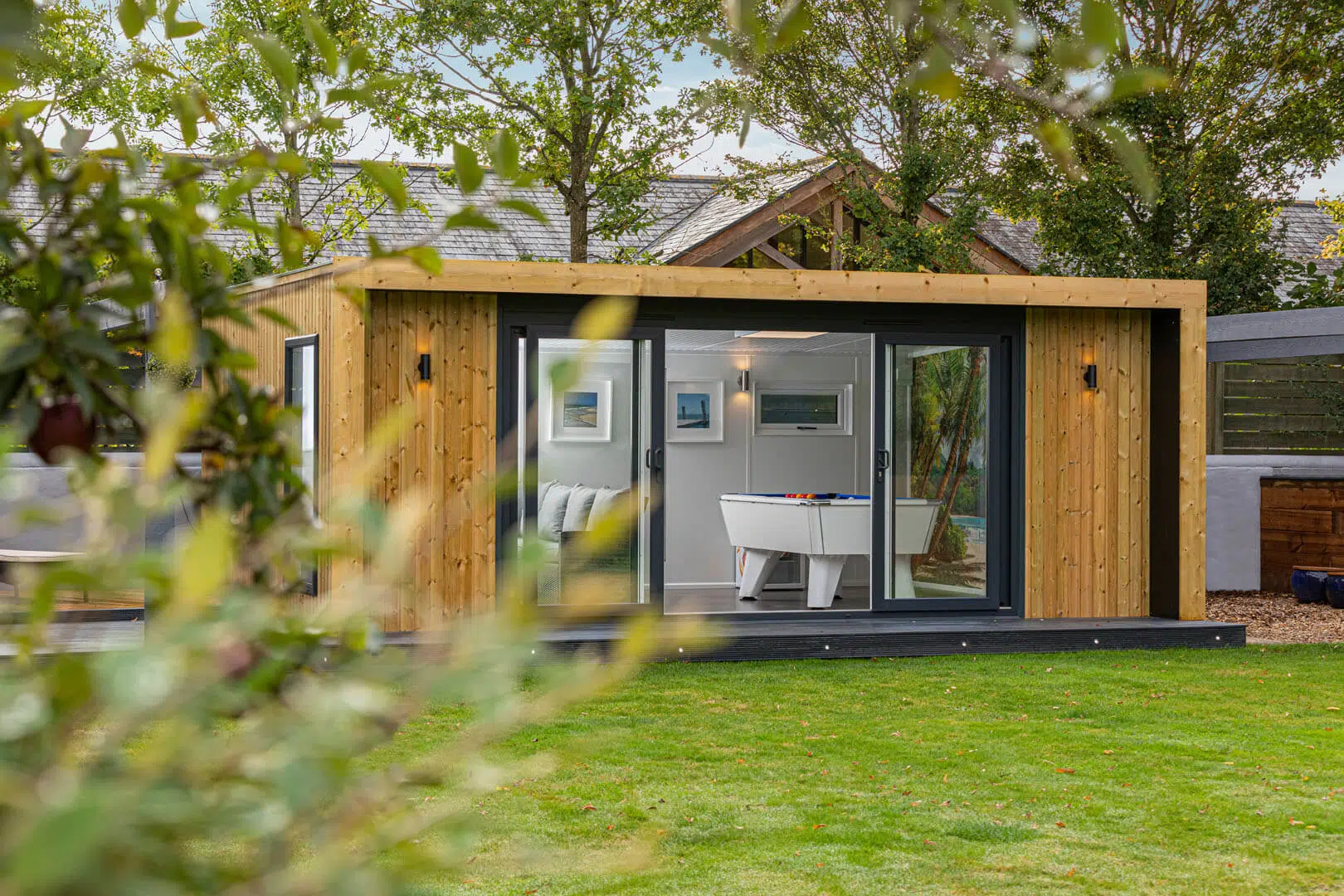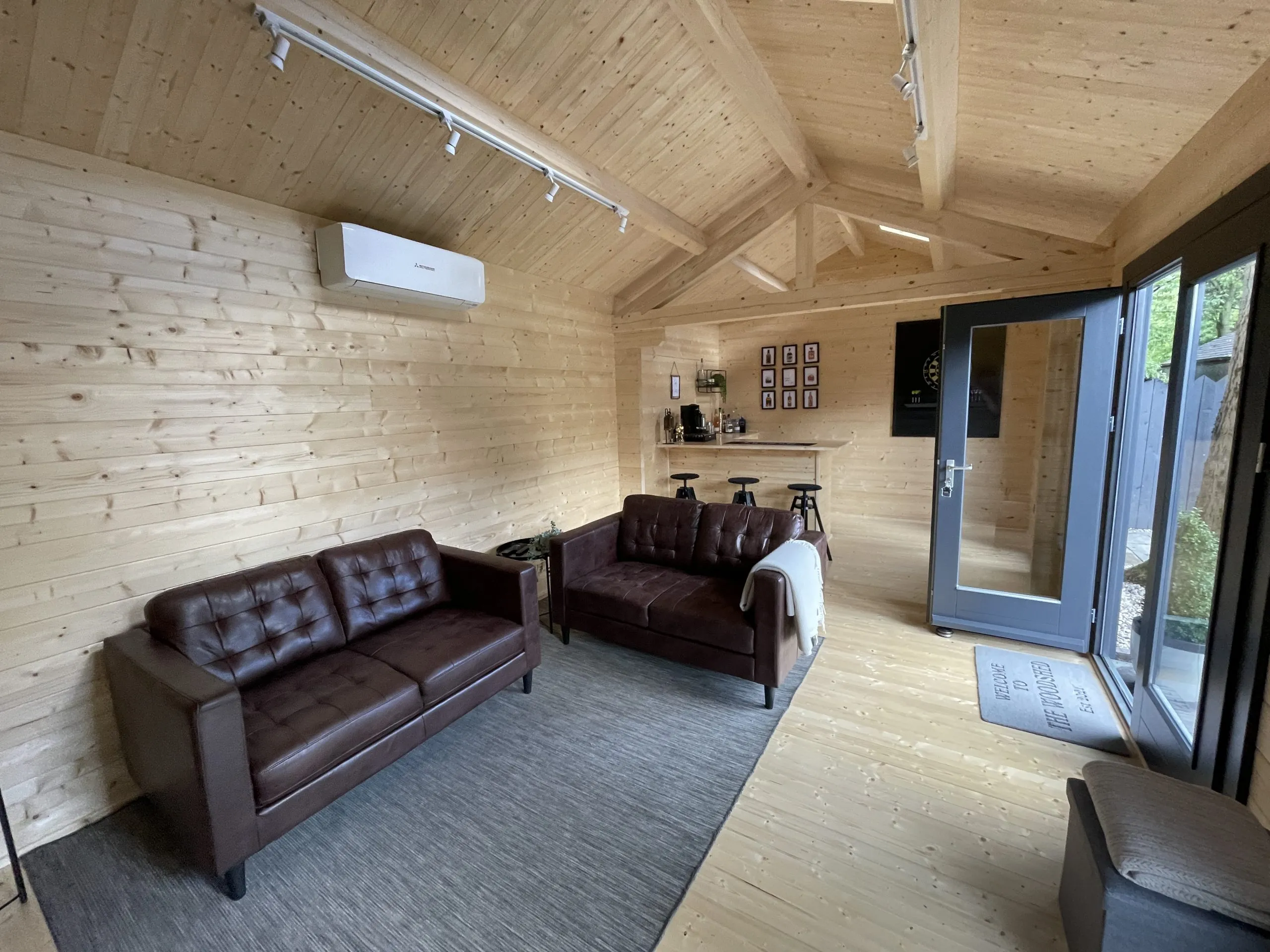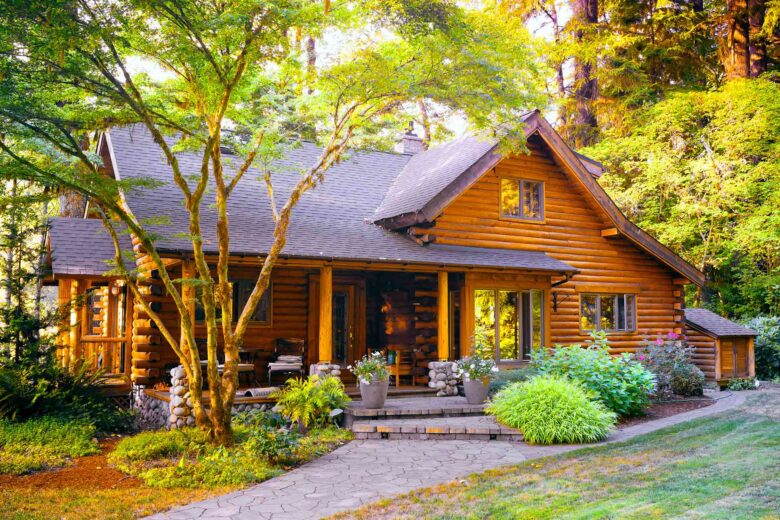Everybody has encountered it: “Lifetime guarantee!
Built to endure!
The grandchildren will continue to appreciate this long after your day is over.
Then your new toy malfunctions. or rots, rusts, etc. Another enormous expenditure and another big promise. Another major letdown.
You want value for your money when shopping for a new garden cabin. But for how long should you anticipate using your fresh investment? What is the typical lifespan of a log cabin?
You’ll learn how to maintain your garden cabin in this tutorial so that it offers you a long-lasting WFH solution.

Source: greenretreats.co.uk
Contents
How long will a building in a garden last?
Your garden cabin’s longevity will be influenced by a number of variables. But one thing is obvious. A building created from thin, untreated, low-quality wood, with inadequate insulation and substandard craftsmanship, will not last. As your grandmother might have said, “buy cheap, pay dear.”
But if you spend money on high-quality materials, take care of your structure, and shield it from the weather, a garden cabin made of wood may last you 25 years or longer.
- Pick the correct wood; slower-growing wood is more durable.
- Look for a manufacturer’s warranty that lasts for at least 5 years.
- In cases where it’s necessary, seek professional assistance. Can you assemble things on your own?
- Make an investment in double-glazed windows and doors to help with moisture control.
- Spend as much as you can on insulation and ventilation to prevent internal temperature changes, condensation, and dampness.
What influences the lifespan of your building?
The environment a wood building is in has a significant impact on how long it lasts.
Your building is obviously outside. This entails being exposed to weather variations, including temperature and moisture content, as well as rain, wind, and frost. The longevity of the structure may be impacted by each of these.
The fabric of the building freezes and thaws as a result of persistent frost. Burst pipes are a common occurrence. Electrics, as well as your roof, windows, and doors, might be cracked by frost.
Trapped moisture is the garden cabin’s biggest enemy because it will eventually damage the wood. The internal moisture that cannot escape due to inadequate ventilation and persistent rainfall create the ideal feeding conditions for the fungus that cause dry rot.
Keep in mind that while the wood in your garden cabin may provide shelter for you, fungi eat it. And they’ll cheerfully and quickly eat it if there’s wetness and warmth available.
- Make sure the wood has been treated appropriately. Because the weather will erode the protective layers, you might need to treat it once more every three to five years.
- Look for any surface water pools at the building’s foundation. Your structure should ideally be elevated off the ground using treated foundation beams.
- Make sure there is good ventilation in your office. If it isn’t allowed to escape, moisture from the air, you, your kettle, or your gas heater will end up on your wooden walls. The fungi will locate it and eat it!
- Keep your inside walls dry, and if they become damp, wipe them clean. Open the windows and doors at your office frequently to let fresh air circulate.

Source: homedepot.com
How can you take care of your structure to make it last?
To give the things you cherish the best shot at life, they require your ongoing attention and involvement. Nothing is unusual in your garden cabin. Maintaining your building will make it endure a lot longer and increase your enjoyment of it.
Here are a few quick fixes you can take to ensure that your garden cottage actually does last a lifetime. Visit our following blog for further maintenance advice.
- Once a year, inspect the building’s exterior wood on all sides.
- Focus in particular on windows and doors. Inspect handles and seals for any damage that could allow rainfall to enter.
- Keep an eye out for any cracks and fractures in the exterior paintwork. These will let in moisture and can invite the growth of rot. Therefore, they require filling and repainting.
- Keep an eye on the evolution of your building. This will enable you to respond appropriately when necessary.
- Keep an eye out for rotting in the foundation beams and damage to the roof (such as that caused by branches falling), as these are what support the entire structure.
Call us to speak with a member of our knowledgeable staff for additional suggestions on how to give your garden cabin the greatest chance of a long life.
One of the primary advantages of living in a log lodge is that it can keep going for years, many years, even hundreds of years with legitimate consideration and upkeep. Nonetheless, life span and sturdiness are not only the primary advantages of residing in a wooden house. There are other log lodge includes that will doubtlessly make you 100 percent sure of this worthwhile and top-quality venture.
Log Homes are Energy Productive
Wood is an extraordinary protector with additional cutting-edge strategies intended to protect and make your log lodge energy proficient. Thick wood or log materials keep in the intensity and keep cold out inside the lodge, in this manner not letting air or intensity out of within. The temperature is all around controlled and kept up with so the log lodge inside temperature stays cool during blistering mid-year days and warm during winter and days when the temperature decrease under nothing. You don’t have to utilize your air conditioning framework to an extreme, assisting you with saving money on your power bills or fuel for your heater.

Source: checkatrade.com
Log Homes are Not difficult to Keep up with
Quite possibly of the main element that decide the life span and strength of a log lodge is legitimate consideration and support. Log homes are not hard to keep up with and clean particularly in the event that you know the correct ways of keeping them in excellent condition and great shape consistently. Quite possibly the earliest move toward keeping a log lodge is through the legitimate plan, which assists you with helpfully cleaning everywhere in the wooden house. Occasional upkeep, especially with decent color, is fundamental to give insurance to the wood and forestall any harm and invasion over the long run.
The outside of the log lodge ought to be offered ideal upkeep and cautious consideration in the span of the existence of the lodge. Ensure that walls are kept up with stain or inside stains to keep them in their perfect condition. Occasional restoration of the outside wall paint is fundamental since the external piece of the log lodge is the most inclined to the assaults of the components.
